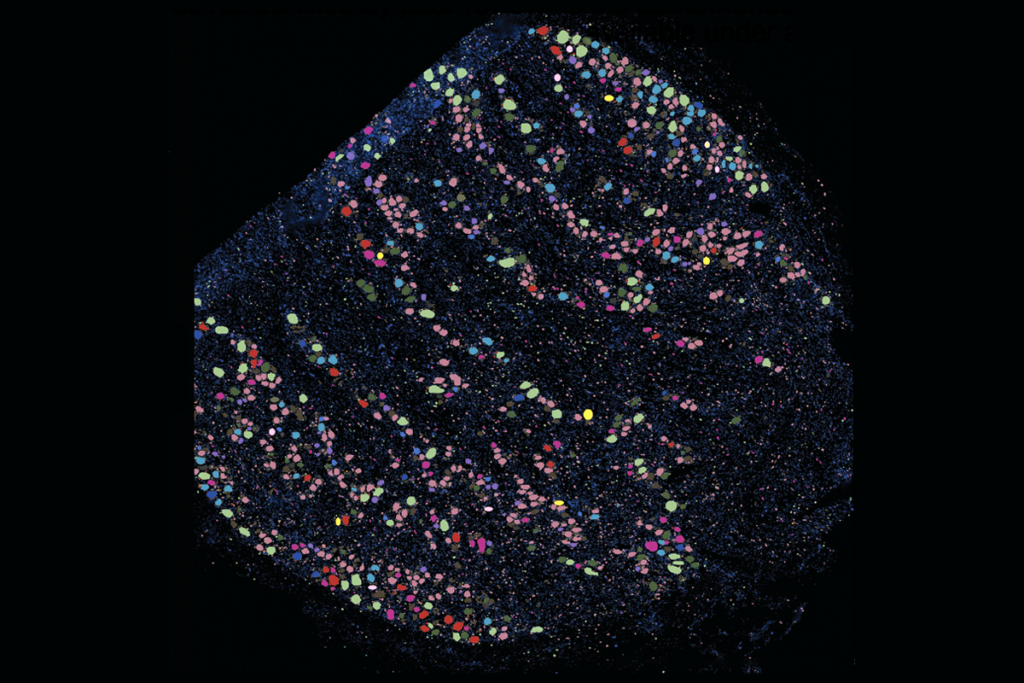Cognition and behavior: ‘Mind blindness’ has brain signature
People with autism, unlike controls, do not show distinct patterns of brain activity when evaluating scenarios that require them to infer others’ thoughts, according to two studies published in the past two months.
People with autism, unlike controls, do not show distinct patterns of brain activity when evaluating scenarios that require them to infer others’ thoughts, according to two studies published in the past two months1, 2.
‘Theory of mind’ is the ability to understand that others’ thoughts might be different from our own. Children with autism are known to have deficits in theory of mind, which may underlie their problems with social skills.
Adults with the disorder generally perform well on basic tests of theory of mind, but may miss subtle distinctions.
In a study published 2 April in Proceedings of the National Academy of Sciences, researchers assessed whether this difference in perception is the result of atypical brain activity. They used functional magnetic resonance imaging (fMRI) to analyze brain activity in three groups of typical adults (with 14 to 23 people in each) and 16 adults with autism as the participants listened to stories. Some stories told of someone harming another person, whereas others were neutral.
Each story that involved harm hinged on the last line, which indicated whether the harm was intentional. Some involved the participant in action, whereas others told of another character. For example, in one story, the researchers asked the participants to imagine cooking a dish for their families, hoping to impress them. The participant adds peanuts, knowing it will improve the dish — but a cousin is highly allergic to peanuts.
In one scenario, the participant knows about the allergy. In the other, he or she does not. In a neutral story, the participant is asked to imagine accidentally spilling ketchup on his or her pants.
Overall, people with autism and controls both say intentional harm is worse than accidental harm and that any harmful scenario is worse than a neutral one, the study found.
However, adults with autism are more likely to blame a character or themselves for accidental harm than are controls. They are also more likely to forgive an intentional action. This suggests that they are less able to perceive the difference between the two scenarios, the researchers say.
Most participants in both groups have enhanced brain activity in four regions linked to theory of mind when listening to the non-neutral stories. However, in controls, only one of these regions — the right temporoparietal junction — responds differently depending on whether the harm is accidental or intentional.
The stronger this pattern, the better the individual is able to distinguish between the two scenarios. The results suggest that activity in this region underlies an understanding of intention, the researchers say.
In a similar study, published 14 March in Autism Research, researchers scanned the brains of 29 people with autism and 25 controls as they listened to stories that contain irony. The participants all found it more challenging to correctly interpret an ironic sentence than a straightforward one, the study found.
However, adults with autism are worse at this than are the adult controls. There is no difference among children with or without autism, suggesting that controls improve with age, whereas those with autism do not.
This difference is also reflected in the brain scans. The controls all make more connections between brain regions when judging irony than when interpreting straightforward sentences, but those with autism don’t show this enhanced activity.
References:
1: Koster-Hale J. et al. Proc. Natl. Acad. Sci. USA 110, 5648-5653 (2013) PubMed
2: Williams D.L. et al. Autism Res. Epub ahead of print (2013) PubMed
Recommended reading

New organoid atlas unveils four neurodevelopmental signatures

Glutamate receptors, mRNA transcripts and SYNGAP1; and more
Explore more from The Transmitter

‘Unprecedented’ dorsal root ganglion atlas captures 22 types of human sensory neurons

Not playing around: Why neuroscience needs toy models

